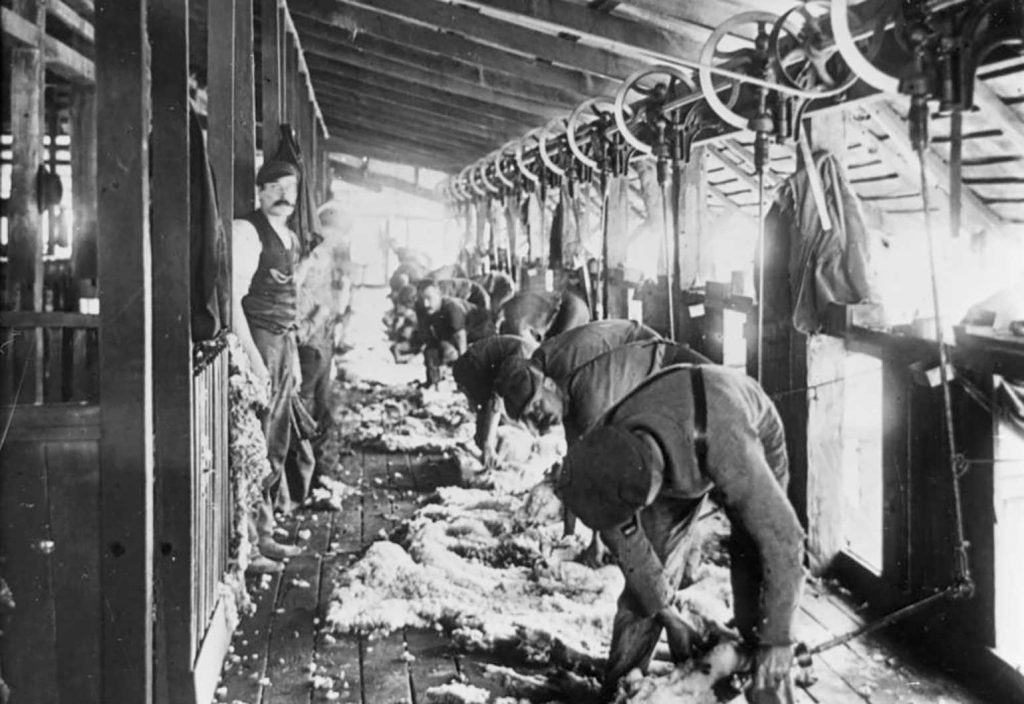Readers often write in to create magazine to discuss issues affecting the engineering profession. Here, one reader describes the connection between a mechanical sheep shearing tool and the motor industry.
Few people would associate a sheep shearing handpiece with the British automotive industry.
In 1854, a young Irishman, Frederick Wolseley, was shipped off to the colony to work on a relative’s sheep grazing property at Wakool, New South Wales. During this time Wolseley witnessed severe injuries to the sheep’s skin caused by blade shears as well as the amount of fleece left on the sheep’s back during the shearing process. He therefore set about designing a better method of removing the fleece.
In 1867 he began developing a mechanical device and, with the support of Richard Pickup Park, an engineer and owner of Melbourne manufacturing company RP Park and Co, a practical mechanical sheep shearing handpiece was patented in Wolseley’s name in 1877. With further development, a patent was granted in 1884 in the joint names of Wolseley and Park for an “improved shearing apparatus”. At last, Wolseley had an effective, commercial and viable working shearing machine.
In 1887, the Wolseley Sheep Shearing Machine Company was formed with a young creative engineer, Herbert Austin, formerly of RP Park & Co, as the workshop manager. Austin was born in Buckinghamshire, UK, and came to Australia in 1884, seeking experience in the engineering workshops of Melbourne.
In 1889, due to precision manufacturing limitations in Melbourne and Sydney and the need to control production, Wolseley moved Wolseley’s manufacturing to Birmingham, UK. Austin was appointed General Manager in 1893. Wolseley resigned from the company in 1894 and died in London in 1899, leaving Austin as Managing Director.
Although the Birmingham factory was established to manufacture shearing handpieces, Austin expanded into automobiles, stationary engines and engineering tools. The first Wolseley automobile, manufactured in 1903, was a 10 horsepower two-cylinder tonneau motor car.
In 1905, he formed the Austin Motor Company Ltd to manufacture his own range of motor vehicles.
By World War I, the Wolseley Company was England’s major motor vehicle builder and manufacturer of aero-engines and heavy industrial equipment. In 1927, the Wolseley Company, in financial crisis, was purchased by William Morris of Morris Motors Ltd, and in 1952 the Austin Motor Co. Ltd merged with Morris Motors Ltd to become British Motor Corporation (BMC).
Through company mergers of BMC and British Leyland Motor Corporation, production of the Wolseley Motor car finally ceased in 1976. British Leyland merged with the Rover Group in 1986 and continued British manufacture until 2005, when the whole vehicle manufacturing business was purchased by SAIC Motor Corp Limited, a Chinese state-owned manufacturing company.
This brought to an end the three great marques — the Wolseley, Austin and Morris vehicles — of the British motor industry. The men who created and developed them live on in automotive history.
